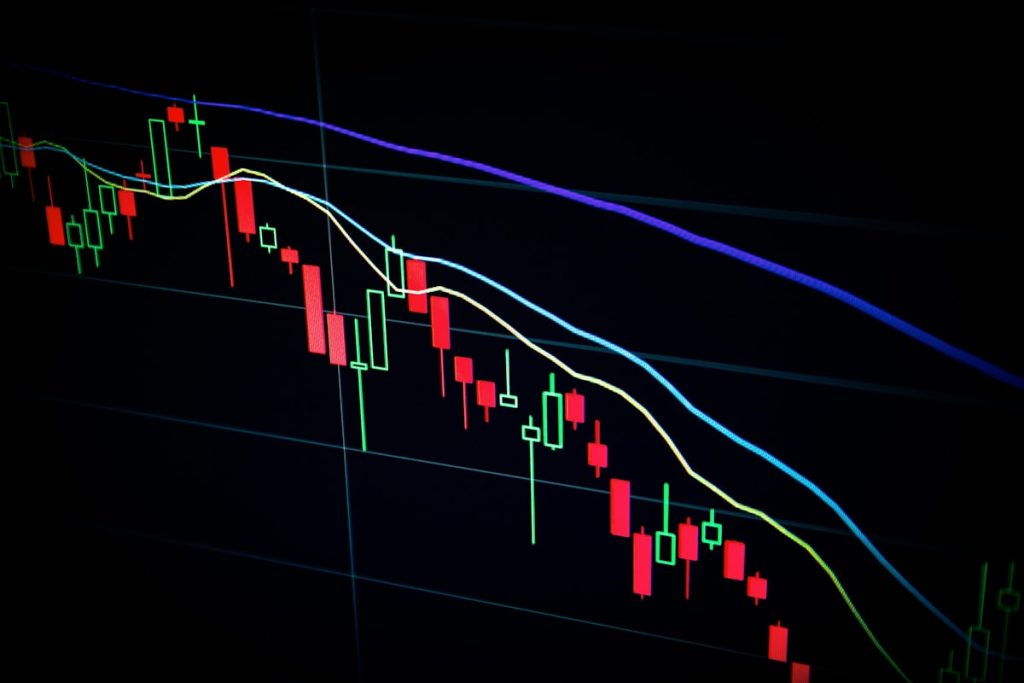Asian Shares Rise Despite No Trade Deal After China‑US Talks
Market reaction to the diplomatic impasse
When the latest round of high‑level China‑United States talks concluded on Friday, the headline was clear: no formal trade agreement was reached. Yet, rather than triggering a sell‑off, most Asian equity markets posted gains across the board. The Hang Seng Index in Hong Kong climbed 1.2%, Japan’s Nikkei 225 added 0.9%, and South Korea’s KOSPI rose 1.0% by the close of trading. Analysts attribute the upbeat tone to a mix of investor optimism about ongoing supply‑chain diversification, a reduction in short‑term geopolitical risk, and the market’s belief that the dialogue itself keeps the door open for future concessions.
Key drivers behind the rally
- De‑escalation of immediate tensions: The fact that both sides walked away without a dramatic breakdown in talks was seen as a positive signal. Investors interpreted the diplomatic restraint as a sign that neither government will resort to abrupt tariffs or export bans in the near term.
- Continued policy support in China: Beijing reaffirmed its commitment to monetary easing and fiscal stimulus aimed at stabilising domestic demand. The People’s Bank of China hinted at further liquidity injections if growth slows, bolstering confidence in Chinese‑listed firms.
- Positive earnings outlook in the region: Companies in technology, consumer discretionary, and export‑oriented manufacturing reported better‑than‑expected quarterly results, providing a solid earnings foundation that helped offset trade‑deal anxieties.
- Currency stability: The renminbi and yen remained relatively stable against the dollar, reducing foreign‑exchange risk for multinational investors and encouraging capital inflows into regional equities.
Sectoral performance highlights
Technology stocks led the charge, with semiconductor makers and software firms benefiting from a surge in demand for cloud services and AI chips. In Hong Kong, the tech-heavy Hang Seng Tech Index outperformed the broader market, gaining 2.3%.
Consumer discretionary firms also saw a lift, as renewed confidence in Chinese consumer spending translated into higher revenue forecasts for retailers and automakers. Meanwhile, traditional export‑driven sectors such as steel and shipping posted modest gains, reflecting expectations that global trade volumes will remain resilient despite the diplomatic stalemate.
What investors should watch next
While the immediate market reaction has been bullish, several variables could reshape the trajectory of Asian equities in the coming weeks:
- Follow‑up negotiations: Any subsequent rounds of dialogue that produce concrete policy signals—whether on intellectual‑property protection, market access, or supply‑chain security—will be closely monitored.
- Domestic policy moves in China: The pace and scale of fiscal stimulus, infrastructure spending, and possible adjustments to the property‑sector regulatory framework will influence investor sentiment.
- U.S. monetary policy: Shifts in Federal Reserve interest‑rate expectations could affect capital flows into emerging markets, including the Asian region.
- Geopolitical developments elsewhere: Tensions in the Indo‑Pacific, particularly around Taiwan and the South China Sea, remain a wildcard that could trigger risk‑off behavior.



